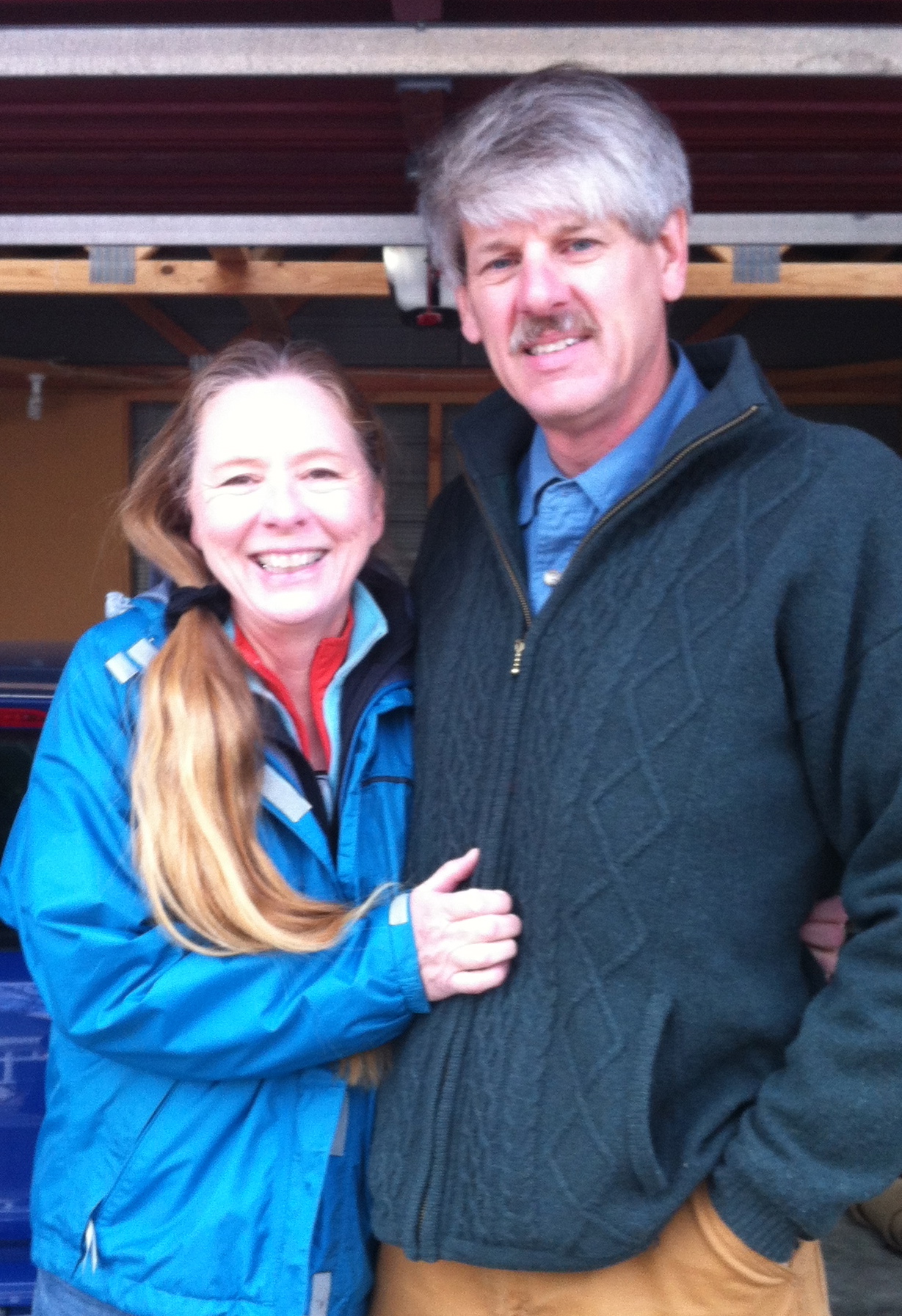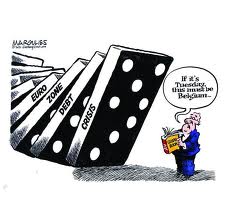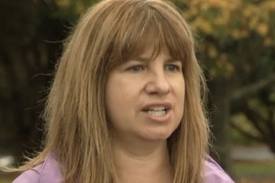Today there was a great programme on Q+A on TVOne. Murray Sherwin from the Productivity Commission spells out the facts. Median house price for the country is $372,000 and for Auckland it is $500,000. The big factor is the price of land in Auckland is 60% of the value of the section. Don Brash, a commentator quoted a 500 sq metre Pukekohe section as costing $230,000. Bernard Hickey says a young couple might have to borrow 7-8 times their income, but if they have a pregnancy, get sick or if interest rates rise from 5% to 8%, they are in big trouble. Moreoever they often have high student debts as well. A generation of New Zealanders won’t be able to own their own homes and this is a cause of social strife. We are 10,000 to 15,000 homes short and the problems are mostly in Auckland and Christchurch.
 Bernard Hickey said between 2004 and 2007 when house prices rose so steeply, many had leveraged up their equity in homes, and the total increase in wealth of homeowners was in the region of $300b to $400 billion. All of which was private gain for homeowners and banks. My comment is that this was public money and should have been publicly gathered.
Bernard Hickey said between 2004 and 2007 when house prices rose so steeply, many had leveraged up their equity in homes, and the total increase in wealth of homeowners was in the region of $300b to $400 billion. All of which was private gain for homeowners and banks. My comment is that this was public money and should have been publicly gathered.
The programme highlighted the fact that most of the homes which have been built have been top end houses from spec builders. We need better economies of scale and only Fletchers can do this. There are too few factory built modules.
 Dr Bryce Edwards, a political scientist commentator, said no political party has campaigned on affordable housing. Helen Kelly from the CTU said families are struggling and living in poor quality housing. There are 4000 on the Housing NZ waiting list. Wages are too low and the price of renting is rising.
Dr Bryce Edwards, a political scientist commentator, said no political party has campaigned on affordable housing. Helen Kelly from the CTU said families are struggling and living in poor quality housing. There are 4000 on the Housing NZ waiting list. Wages are too low and the price of renting is rising.
Whereas once 75% of households were owned their home this has now dropped to 65%.
Hickey said that land taxes and capital gains tax must be discussed but the former is a political hot potato. We need land prices to come down. Brash said Capital Gains Tax was not working in Australia and they had the same problem.
Annette King, spokesperson for Labour has apparently said that the Accommodation Supplement needs to be revisited. Sherwin said that all up it is a $3-4 billion subsidy to landlords.
Building costs and consenting costs are too high. There is a monopoly supply of building materials, which add 20% to the building costs.
The answer is not in extending city boundaries. That raises the burden on supply of infrastructure and make travel distances too far. Our challenge as a party is to find a politically acceptable method of imposing a land tax, while reducing the price of building and using the current housing stock efficiently. We must work towards a future where good, low cost houses are provided without increasing costs to local authority in infrastructure.
Even Don Brash said the price of land was the core issue. Nobody on the programme raised the issue of currency reform. It is time to connect the creation of money with land, but do it at government level.








